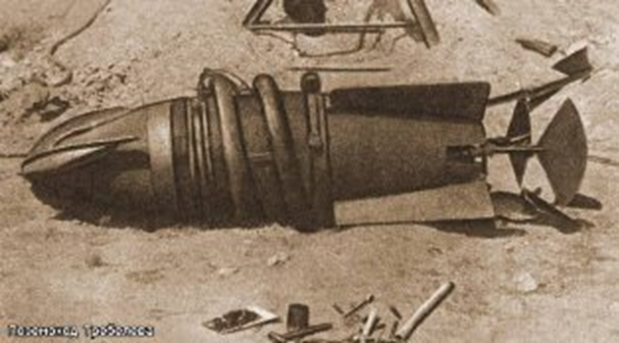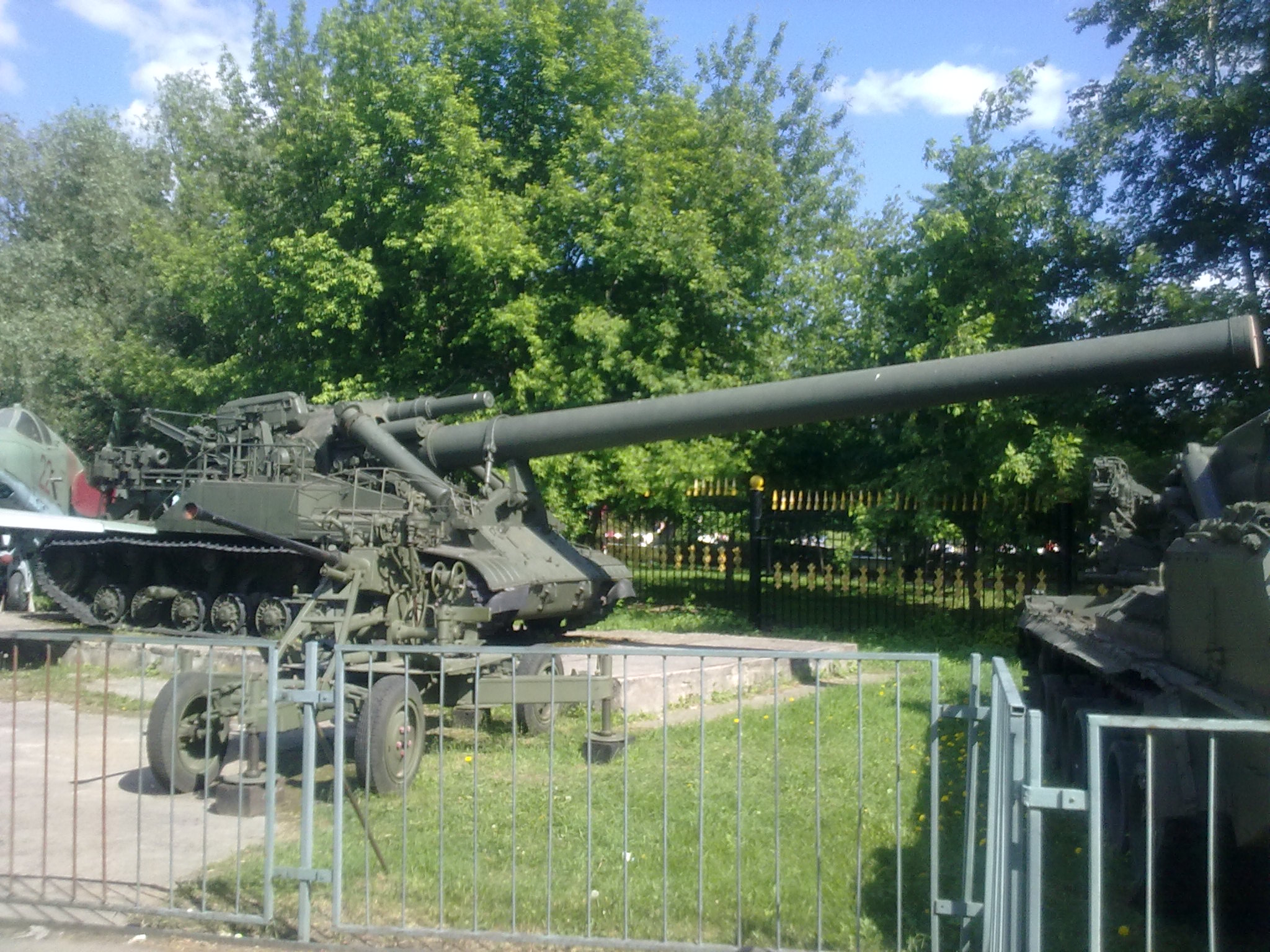Author: Burt Webb
-

Geiger Readings for Jan 01, 2019
Ambient office = 92 nanosieverts per hour
Ambient outside = 116 nanosieverts per hour
Soil exposed to rain water = 114 nanosieverts per hour
New potato from Central Market = 100 nanosieverts per hour
Tap water = 97 nanosieverts per hour
Filter water = 77 nanosieverts per hour
-

Los Alamos National Laboratory Explored The Idea Of A Nuclear Powered Tunneling Machine
When we think about the uses for nuclear power, it is usually in terms of generating heat and electricity for commercial and residential use. Over the years there have been suggestions for using nuclear bombs to excavate canals, create harbors, frack for gas and oil, and create huge caves. None of these applications proved to be practical and were never used. Today, I am going to write about the idea of using nuclear power dig tunnels.
In the 1950s, LANL built a mock-up of a reactor that could heat propellant to about fifty five hundred degrees Fahrenheit. The project was ultimately canceled. One of the engineers who had been working on the project was inspired by the Edgar Rice Boroughs novel At the Earth’s Core to wonder if the tungsten heating element in the abandoned reactor project was hot enough to melt through rock. He carried out experiments which showed that the tungsten heating element could melt through rock by turning it into lava.
One day over lunch, some of the engineers at the LANL discussed the idea of a machine that could melt rock and someone suggested that a nuclear reactor could supply the necessary power. A Congressman was visiting the lab that day and stopped by the table where the discussion was being held. He mistook the idle speculation for a discussion of a potential project and enthusiastically promoted it in Congress. The head of LANL at the time like the idea and so a real project was born.
A research team was assembled and a paper was produced in 1961. It proposed something they called the “nuclear subterrene which would be a vehicle vaguely like a submarine that could melt rock and move through the crust of the Earth like a submarine through water. The design of the vehicle was ultimately patented. The vehicle would be “capable of penetrating the earth to depths of tens of kilometers… To extend geological and geophysical exploration into the earth’s mantle.”
The nuclear subterrene would have no moving parts and would move by melting through the rock instead of cutting. There would be very little vibration which is a major problem with current earth boring machines.
An article that appeared in the Atomic Skies blog said, “Aside from mining, excavating underground roads and pipes was an obvious use. Chemicals and gasses could be stored in underground chambers. Electrical energy could be stored in the form of underground pressurized air ‘batteries,’ compressed in during periods of excess production and used to drive turbines when more energy was needed. The subterrene could dig storage cavities for toxic and nuclear waste, too deep for them to ever trouble the surface. The heat and pressure found deep underground could be exploited for chemical processing. Cities, even farms, could be extended underground.”
In 1972, the National Science Foundation provided funds for a full-scale study of the atomic subterrene to be carried out. A few electrically powered prototype drills were constructed,
and one was used to drill drainage holes at the Bandelier National Monument near Los Alamos. The lack of vibration was very important because there were archeological sites in the Monument that needed to be protected.
There were two different designs for the atomic subterrene. One design included a traditional rotary cutting head that also had cylindrical rock-melters. The other design had no rotary cutting head. Instead, it incorporated nuclear-powered needle probes. The probes were intended to differentially heat the rock ahead of the machine which would cause the rock to crack and crumble. Both of the designs included the idea of converting some of the rock into volcanic glass to line the tunnel. The rest of the rock would be conveyed through a tube at the center of the machine to waiting hoppers in the rear.
In 1975, the project was shifted from the NSF to the Department of Energy where it languished and was ultimately abandoned. In the 1980s, the idea was raised again as a way of digging tunnels on the Moon and other astronomical bodies but never went beyond the conceptual stage. Modern tunnel boring equipment has evolved to the point where it is as good or better than the projected capabilities of the atomic subterrene. -

Geiger Readings for Dec 31, 2018
Ambient office = 91 nanosieverts per hour
Ambient outside = 100 nanosieverts per hour
Soil exposed to rain water = 101 nanosieverts per hour
Iceberg lettuce from Central Market = 70 nanosieverts per hour
Tap water = 70 nanosieverts per hour
Filter water = 65 nanosieverts per hour
-
Nuclear News Roundup Dec 30, 2018
North Korean leader Kim Jong-un has sent a “conciliatory message” to Donald Trump as nuclear weapon talks between the two nations having stalled in recent months. Independent.co.uk
China will more than double its current nuclear power by adding deep pool nuclear reactors for heating. Nextbigfuture.com
-

Geiger Readings for Dec 30, 2018
Ambient office = 70 nanosieverts per hour
Ambient outside = 76 nanosieverts per hour
Soil exposed to rain water = 73 nanosieverts per hour
Celery from Central Market = 88 nanosieverts per hour
Tap water = 114 nanosieverts per hour
Filter water = 97 nanosieverts per hour
-

Geiger Readings for Dec 29, 2018
Ambient office = 72 nanosieverts per hour
Ambient outside = 61 nanosieverts per hour
Soil exposed to rain water = 58 nanosieverts per hour
Carrot from Central Market = 90 nanosieverts per hour
Tap water = 70 nanosieverts per hour
Filter water = 63 nanosieverts per hour
Dover sole – Caught in USA = 108 nanosieverts per hour
-

Nuclear Weapons 367 – Soviets Developed A Nuclear Cannon During The Early Cold War
Yesterday, I blogged about an old British Cold War idea for a nuclear land mine that was designed but never built. The Soviet Union also had some interesting designs for Cold War nuclear weapons. In the 1950s before the development of the “mutually assured destruction” doctrine, it was considered reasonable to talk about tactical nuclear weapons for battlefield use. The biggest nuclear artillery weapon constructed by the U.S.S.R. was called the 406mm Soviet 2A3 Kondensator.
In 1953, the U.S. had developed the 280mm M65 atomic cannon. The Soviets felt that they had to keep up with the U.S. with their own tactical field pieces. They designed the 406mm howitzer (2A3/Object 271) and 420mm mortar (2B1/Object 273). The first prototype for the 2A3 was built in late 1956.
The 2A3 was mounted on the chassis of a T-10 heavy Soviet tank with extra shock absorbers. The whole vehicle weighted sixty-five tons. During test firings, the recoil was so powerful that the 2A3 would be moved back several yards. Things often broke and had to be repaired.
The 2A3 was aimed by rotating the chassis. Fine adjustments could be made with an electric transverse mechanism. The massive vehicle had significant mobility challenges. It was unable to cross most bridges, could not move through city streets and was unable to travel under some power lines.
The huge caliber of these field pieces was needed because the Soviet engineers were not sure that they could make nuclear munitions that were any smaller. The final projectile weighted one thousand two hundred and fifty-six pounds.
The range of the 2A3 was about sixteen miles. This was relatively short compared to nuclear rockets or more advanced Soviet tactical nuclear field pieces. Only four 2A3 were ever produced and the obsolete field piece was replaced by new nuclear rockets in the Soviet arsenal. These newer field pieces were much more mobile and compact that the 2A3 and had a range of about forty-four miles.
It took so long to develop and test the 2A3 that the development of newer and better nuclear artillery pieces caught up and passed the development of the 2A3 before it even made it to prototype. In essence, it was already obsolete before it was even prototyped. This is certainly a lesson for nations engages in rapid development of new weapons to counter the weapons developed by perceived enemies.
For decades, the development of nuclear weapons has focused on the huge ICBMs, submarine launched nuclear tipped missiles and big atomic bombs delivered by nuclear bombers. Tactical nuclear weapons have been developed but never used because of fears of escalation to all out nuclear war that would be probable.
A few years ago, President Putin of Russia announced that if it ever came to a land war in Eastern Europe and conventional Russian forces were being out fought by the NATA forces, he would consider the use of tactical nuclear weapons to even the odds. Pakistan has deployed tactical nuclear weapons to its border with India. They say that if India invades Pakistan, they will consider the use of tactical nuclear weapons on their own soil to repel the invaders. The U.S. is working on the development of tactical nuclear weapons as well.
Unfortunately, as international agreements such as the Iran deal and the Intermediate missile treaty are falling apart, nuclear armed nations are turning to tactical nuclear weapons to expand their arsenals. This means that the odds of a World War fought with nuclear weapons is increasing in probability. Such a war will have no winners and will mean the end of human civilization.
